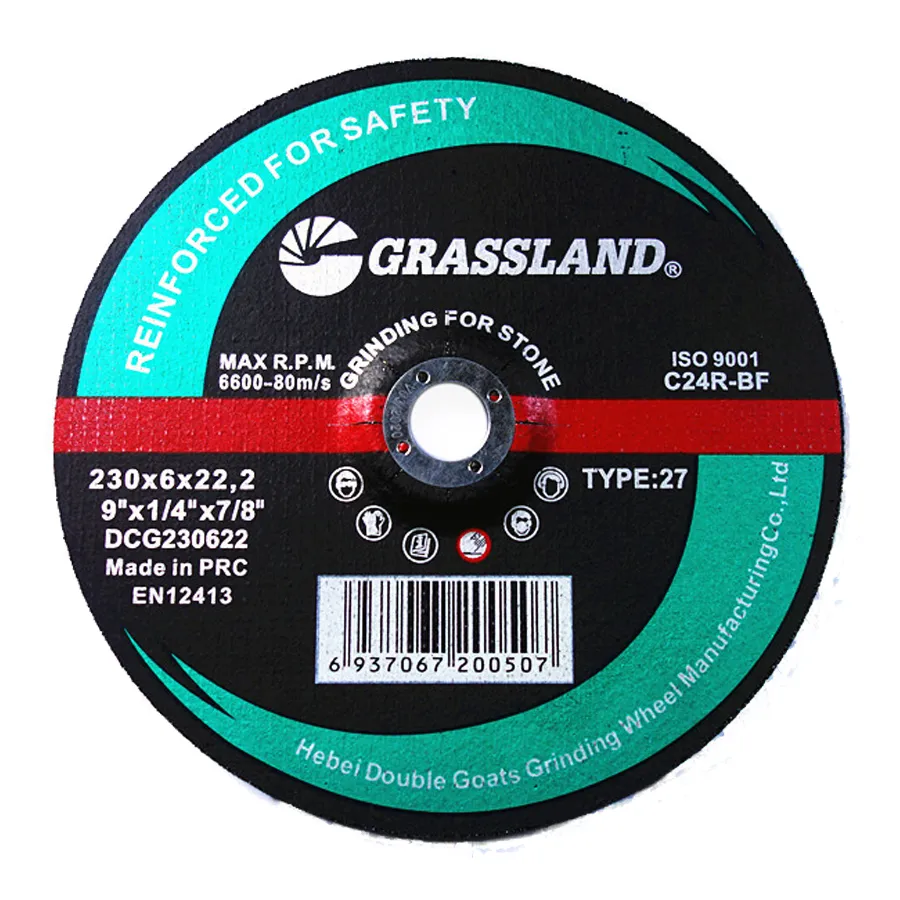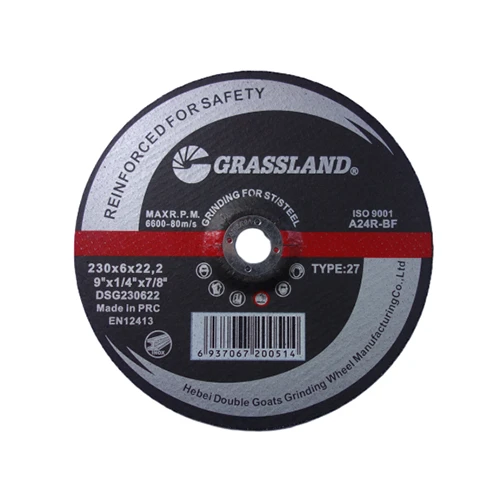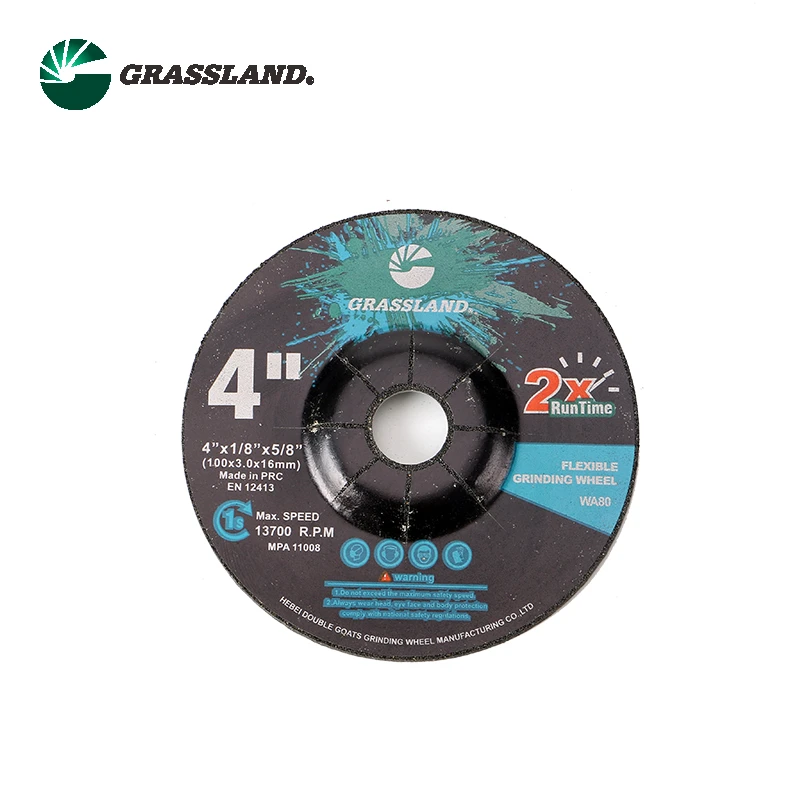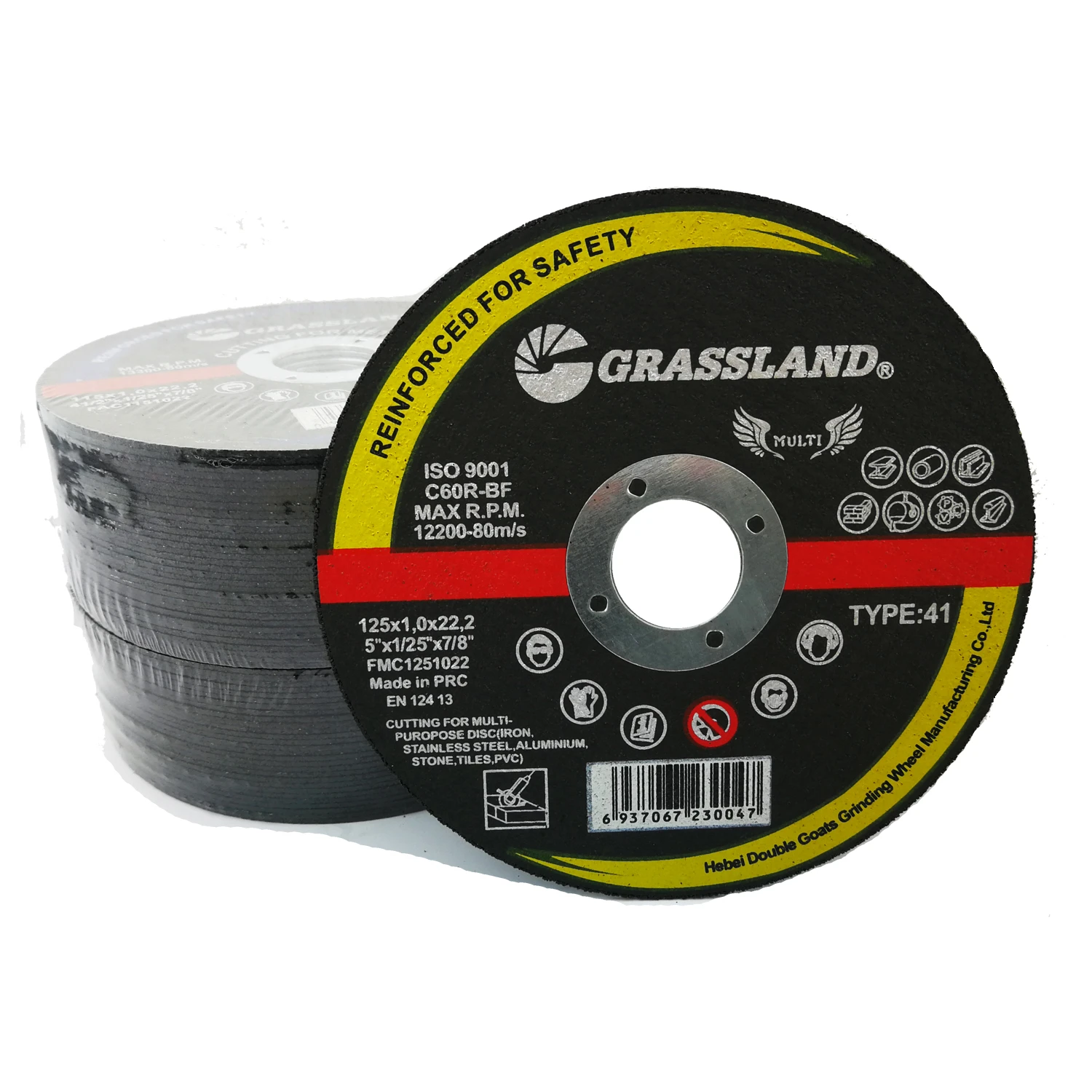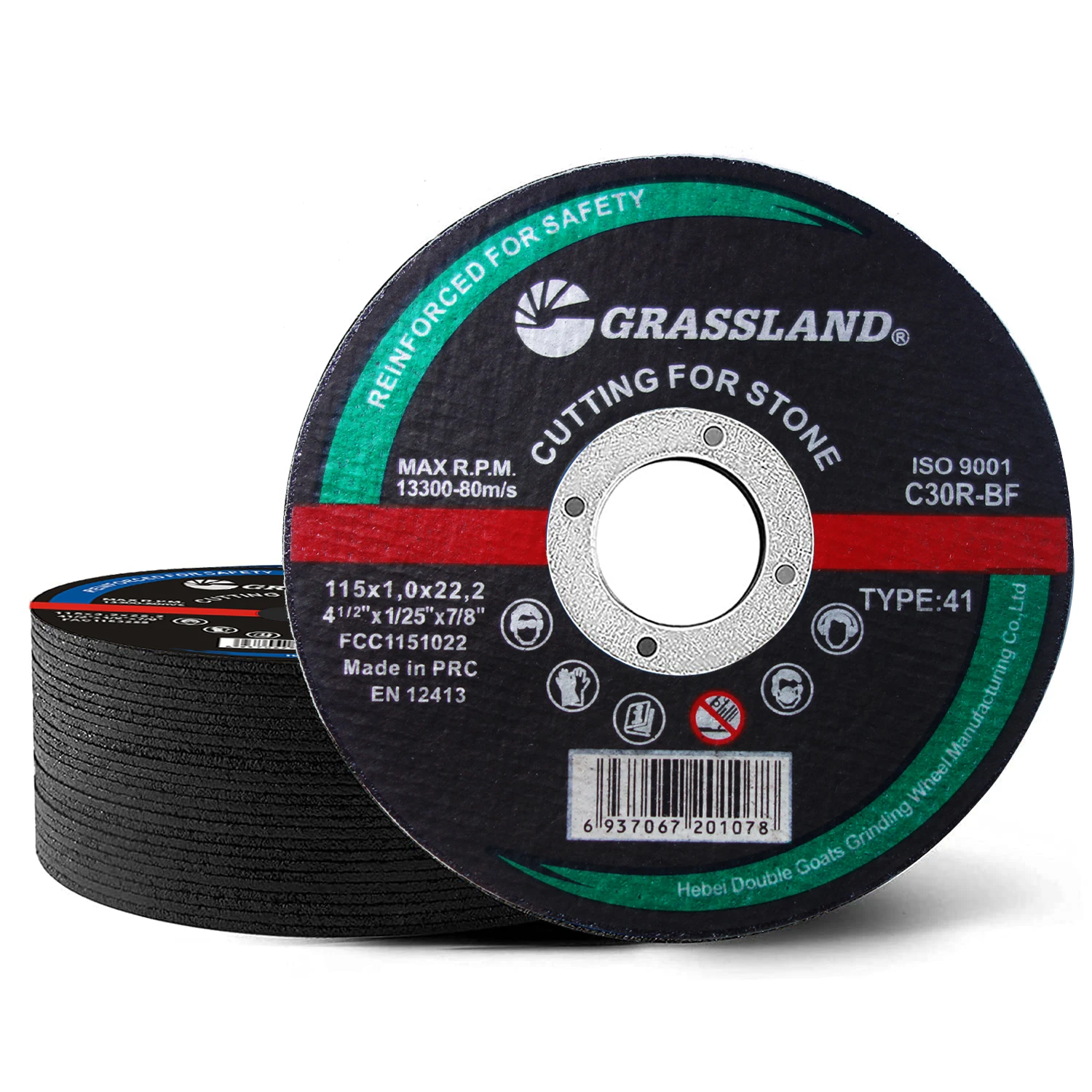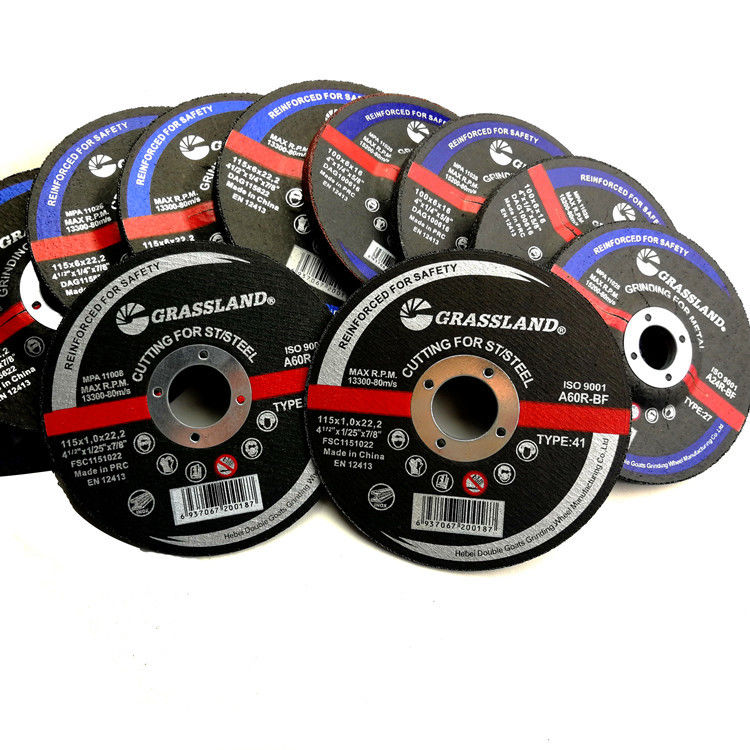- Overview of Metal Grinder Disc Applications
- Technical Advancements in Abrasive Disc Design
- Performance Comparison: Leading Brands vs. Premium Solutions
- Customized Disc Solutions for Industrial Demands
- Real-World Use Cases Across Metalworking Industries
- Best Practices for Disc Maintenance & Longevity
- Future Trends in Metal Cleaning Disc Technology

(metal cleaning grinder disc)
Essential Tools for Precision Metal Surface Preparation
Modern metal fabrication requires specialized equipment like metal cleaning grinder disc
s to achieve surface finishes between 3.2-12.5 μm roughness. These tools remove an average of 15% more residual material per pass compared to standard grinding wheels, with 40% less heat generation due to advanced aluminum oxide compositions.
Innovations Driving Disc Performance
Third-generation abrasive coatings now deliver:
- 27,000+ RPM stability through reinforced fiberglass meshing
- 62% longer service life via zirconia-alumina blends
- Interchangeable backing plates for multi-angle access
Laboratory tests show 0.03mm thickness consistency across 98% of disc surfaces, enabling uniform material removal rates.
Manufacturer Performance Benchmarking
| Brand | Heat Control | Avg. Lifespan | Cut Rate | Price/Unit |
|---|---|---|---|---|
| Standard Discs | 650°C | 45 mins | 3.2mm/s | $4.50 |
| Premium Discs | 480°C | 82 mins | 4.7mm/s | $6.80 |
| Industrial Grade | 310°C | 145 mins | 5.9mm/s | $9.20 |
Tailored Disc Configurations
Specialized operations require custom parameters:
- Diameter Variations: 115mm-230mm for confined spaces
- Grit Optimization: 24-120 grit aluminum oxide matrices
- Material-Specific: Titanium-optimized discs reduce glazing by 38%
Industry Application Metrics
A shipbuilding facility reported:
- 57% faster weld preparation using 7mm zirconium discs
- 83% reduction in surface defects on stainless steel
- 42% lower consumable costs through extended disc life
Maximizing Disc Effectiveness
Proper maintenance techniques improve outcomes:
- Rotate discs every 15 minutes of continuous use
- Clean residue with compressed air after 30-minute intervals
- Store in moisture-controlled environments (RH<45%)
Advancements in Metal Sanding Disc Technology
Emerging ceramic composites promise 19% higher cut rates for angle grinder metal sanding discs, while graphene-reinforced models demonstrate 92% heat dissipation efficiency in prototype testing. These innovations position modern metal cleaning grinder discs as indispensable tools for achieving SAE AMS 2428 surface preparation standards.

(metal cleaning grinder disc)
FAQS on metal cleaning grinder disc
Q: What is a metal cleaning grinder disc used for?
A: A metal cleaning grinder disc is designed to remove rust, paint, or debris from metal surfaces. It attaches to an angle grinder for efficient material stripping. Ensure proper grit and disc type for your project.
Q: How do I choose the right metal sanding disc for my grinder?
A: Match the disc’s grit (coarse for heavy material removal, fine for smoothing) to your task. Check compatibility with your grinder’s RPM and arbor size. Always prioritize discs labeled for metal applications.
Q: Can an angle grinder metal sanding disc be used on other materials?
A: No, metal-specific discs are optimized for metal surfaces and may overheat or wear quickly on wood or plastic. Use material-specific discs to avoid damage or safety risks.
Q: How do I maintain a metal sanding disc for grinder longevity?
A: Clean debris after use to prevent clogging. Inspect for cracks or wear before each use. Store discs in a dry place to avoid moisture damage.
Q: What safety precautions are needed when using a metal cleaning grinder disc?
A: Wear safety goggles, gloves, and a respirator. Secure the workpiece and ensure the grinder is off when attaching discs. Avoid excessive pressure to prevent disc breakage.
Post time:May - 07 - 2025







